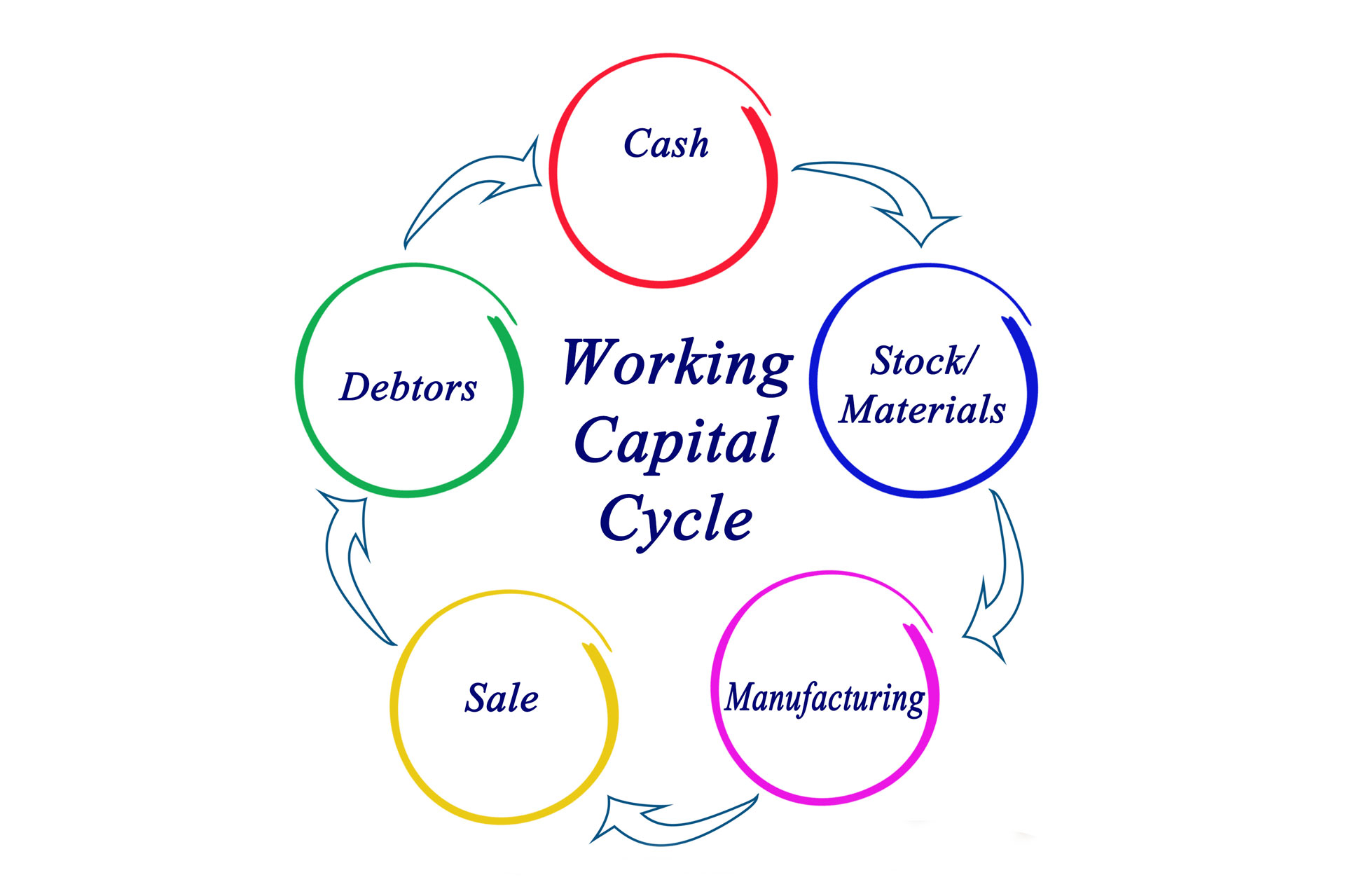Working Capital
Get Access to Cash Flow the Smart, Savvy Way – and Don’t Let Those New Business Opportunities Slip Away Again
Working Capital — Leading Experts in Cash Flow Finance
At one point of another, cash flow is a stress factor for almost all businesses.
It may be because your clients have long payment terms, but you may have short-term obligations—such as wages—to fulfill.
It may mean you have to meet periodic payments such as tax or costs around compliance—while your customers are slow to pay.
It may mean business is running as usual, but then that lucrative business opportunity crops up. You need cash fast—because you don’t want the opportunity to go to your competitors… again.
And as of early 2020, insurance companies are declining trade credit insurance policies, which suppliers pass on to their clients, making it harder to do business all around.

Working capital—better choices
Depending on your context, there are several types of working capital funding you could look to. The application phase is simple. The following types of working capital provide help for business cash flow.

Receivables finance
Also known as Debtor Finance is a flexible funding solution designed to improve a business’s cashflow and increase the working capital available to directors by releasing cash locked in the business assets (outstanding customer invoices).
By unlocking the value of the invoices a business can have an immediate injection of cash, empower you to capitalise on opportunities, keep your business growing and pay immediate debt obligations.
Receivables finance is a secured form of lending with facilities ranging from $100K to $65M, without the need for directors personal assets to secure the facility.
Benefits of Using Receivable Finance
- Increased Growth Rates – greater cash availability means more sales can be generated quickly. This is powerful, particularly the ability to meet wages, tax & supplier payments with greater ease.
- Greater access to funds to seize opportunities quickly and responsively.
- Strengthening relationship with supplier through prompt payments.
- Gain a competitive advantage – win business by offer extended terms (risk appropriate)
- Property collateral NOT required

Trade finance
This type of lending facility provides payment directly to your suppliers (either local or overseas), by the lender on your behalf. It is based on suppliers’ invoices and normal trading terms and is available for payment of goods or services.
Funding can be used to pay 100% of your supplier’s invoices
It could be that the lender supplies 100% of the payment upon delivery to you. Or that they pay a 30% deposit on your behalf, and cover the balance later, according to your suppliers’ terms. This type of funding is normally available for businesses turning over $3M+.
The trade finance lender requires repayments starting at 60 days EOM. In many instances, full payment must be made within 120 days EOM. This is normally plenty of time to take the heat off cash flow bottlenecks.
Trade Finance facility puts you in the driver’s seat with up to 120 day payment terms – empowering you to set your own trading terms and close your working capital gap.
This type of funding is normally available for businesses turning over $3M+.
Benefits to Use Trade Finance
- A need to pay suppliers deposit in advance before receiving goods.
- Assurance that international transactions are efficient, secure and safe.
- The business is fully leveraged against other assets or no property assets are available.
- Looking to increase buying power to gain an edge in negotiations for supplier deals and discounts.
- Seasonal products or services with highly variable cash flow.
- Unsecured facility options are available
- Goods or Services can be funded (not ATO payments)
Industries that Typical Use Receivables and/or Trade Finance
- Manufacturing
- Wholesale
- Transport
- Labour Hire
- Printers
- Food Services
- T. & Media Services
- Agriculture & Mining
For both receivables and trade finance, expect the initial application process to take 2–4 weeks from the time of signing the lenders term sheet.
